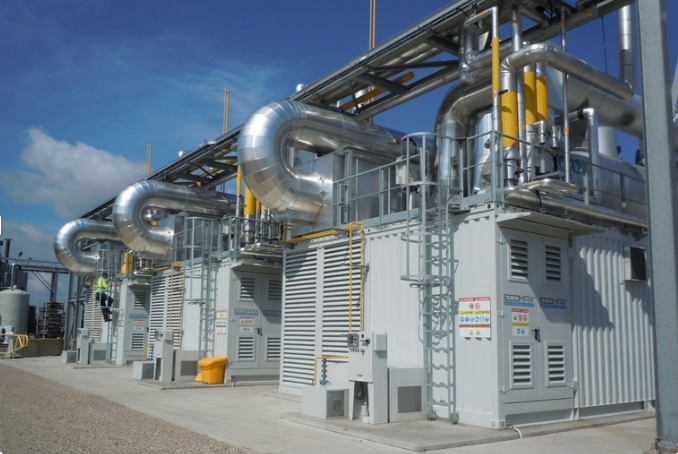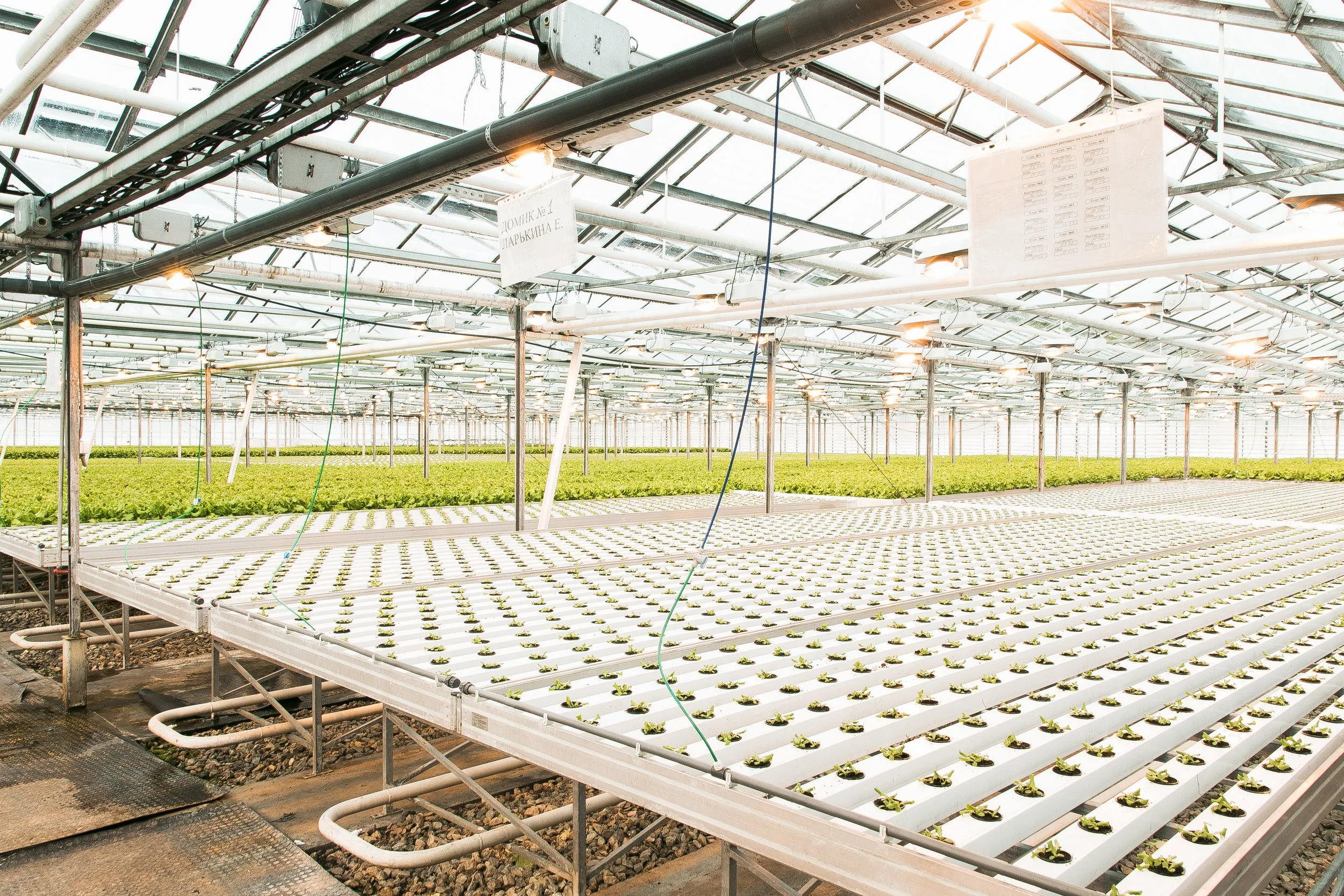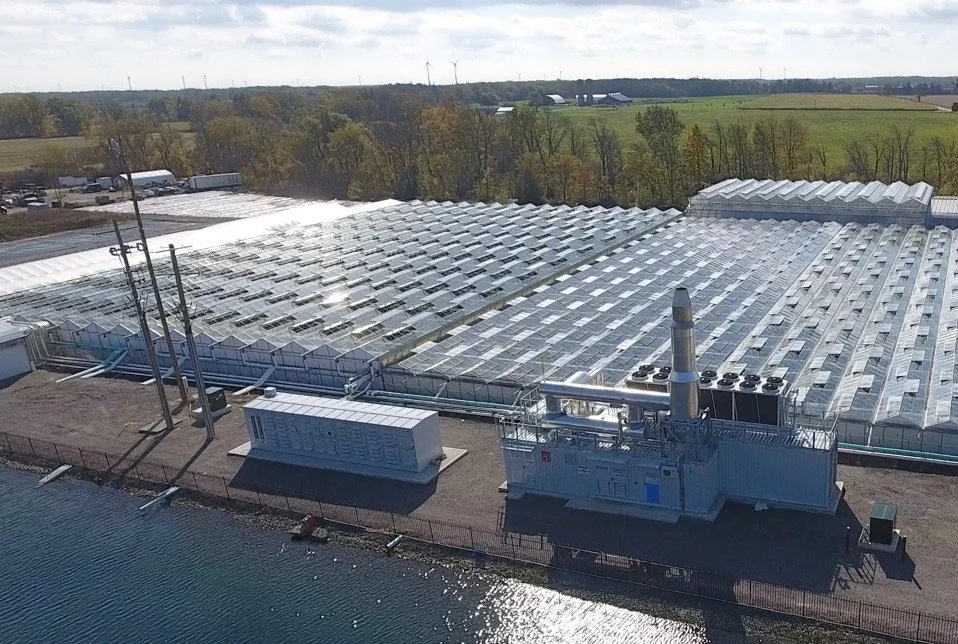Top Influencers - Jan Buijk - Canada’s Most Prominent Gas Engine Expert
Source: Patricia Faucher | · DEC · | August, 2024
Forty years ago, a 23-year-old Jan Buijk, fresh out of his service in the Dutch military, decided to embark on a career in gas engines, setting the stage for a remarkable journey in the energy industry. In a candid interview, he shared valuable insights into his journey and the evolving energy landscape. In the rapidly evolving world of decentralised energy, leaders like Jan Buijk, CEO of AB Energy Canada, are at the forefront, driving the adoption of decentralised energy practices.
Origins and Evolution
Buijk began his career in 1984 working for a small company that manufactured cogeneration plants in the Netherlands. In 1988 he moved to Canada, joining a local Caterpillar dealer in Ontario, where he was responsible for their gas engine power generation sales for the next 12 years. In 2001, he transitioned to General Electric, which was the distributor of Jenbacher cogeneration engines, to head the sale of Jenbacher power generation systems in the Canadian market. When GE acquired Jenbacher in 2004, and decided to go to market through a network of distributors, Buijk joined the GE Jenbacher distributor in Canada. In 2010 he and a colleague started their own business selling modular, pre-engineered cogeneration systems into the Canadian market.
Definitions
Gas engine - an internal combustion engine that runs on a fuel gas (a gaseous fuel), such as natural gas, biogas, landfill gas, coal mine gas, producer gas, or hydrogen.
Cogeneration or Combined Heat and Power (CHP) - the use of an engine to generate electricity and to capture otherwise-wasted heat from electricity generation for productive use.
Biogas - a renewable fuel gas produced by anaerobic digestion of materials such as agricultural waste, manure, plant material, sewage, wastewater, and food waste.
Renewable Natural Gas (RNG) - a pipeline-quality fuel gas that is fully interchangeable with conventional natural gas. RNG is biogas that has been processed to purity standards.
When GE acquired Jenbacher in 2004, and decided to go to market through a network of distributors, Buijk joined the GE Jenbacher distributor in Canada. In 2010 he and a colleague started their own business selling modular, pre-engineered cogeneration systems into the Canadian market.
As a startup, European Power Systems (EPS) was a fast success. They entered into an agreement with a German company to import Combined Heat and Power (CHP) Systems into the Canadian market achieving $500,000 CAD in sales in their first year, $2.5 M CAD in their second year, and $10M in their third year. By then, EPS had gotten the attention of an Italian company, Gruppo AB (AB). In 2013, AB was looking to expand globally and acquired a majority stake in EPS which became its Canadian division and renamed to AB Energy Canada.
“The origin of the company (AB) is living on the land, growing food, and converting organic waste into a valuable fuel – biogas.”
stated Buijk.
Gruppo AB was founded by a farmer, Angelo Baronchelli, who later trained as an electrical-technician. Baronchelli started his own business at 21 years old in 1981. AB transitioned from building electrical and automation systems for farming to designing containerized methane and biogas cogeneration systems in 1996 with the ECOMAX® Cogeneration Systems, and then the BIOCH4NGE ® RNG Solutions in 2019. Today’s AB factory and headquarters are still running on the biogas produced by Baronchelli’s farm.
“The origin of the company (AB) is living on the land, growing food, and converting organic waste into a valuable fuel – biogas. The most efficient way to generate energy from any gaseous fuel is to capture and utilise the waste heat (i.e., cogeneration/CHP). Sustainability is therefore at the front and centre of what AB Energy Canada does: it has to be sustainable,” explains Buijk.
A Journey of Innovation and Growth
Buijk has relentlessly pursued opportunities to improve power production efficiency and reduce GHGs, working on projects from hospitals to larger city systems such as Calgary’s East Village and Downtown Core District Energy Project, through Enmax’s District Energy System. "Our journey started with a focus on CHP systems, aiming to optimize energy production and utilization," Buijk explains.
Today AB Energy Canada encompasses containerized gas-fueled power generation modular systems (ECOMAX®) and Jenbacher Engines. The company also expands into engine systems that use biogas, natural gas, and gaseous fuel as inputs to produce electricity, and in the case of their cogeneration systems, hot water, steam, or captured heat. Additionally, AB Energy has ventured into the renewable natural gas market with their BIOCH4NGE ® system, which removes contaminants and CO2 from the biogas input, producing renewable natural gas that is then injected into the natural gas pipeline. These innovations represent the two main markets of AB Energy Canada.
"Our journey started with a focus on CHP systems, aiming to optimize energy production and utilization,"
-Buijk
Sourcing and Supply Chain Dynamics
Drawing from its European roots established during its EPS days and expanding its footprint across North America, AB Energy Canada sources its inputs both locally and internationally. "Our generator sets are manufactured in Austria by Jenbacher (acquired by INNIO from GE), assembled into complete cogeneration systems in Italy, and then shipped around the world," Buijk explains. This makes the product predominantly European. However, for Canadian projects, about 50% of the components are sourced from North America, including switchgear, transformers, and labour from local electrical and mechanical trades.
Challenges and Opportunities in the Energy Sector
Navigating the complexities of the energy market, both in Canada and globally, presents unique challenges and opportunities.
One of the critical hurdles is matching our company’s production capacity to customer demand. Buijk shares, "We dream big on the business development side, but the execution side has to align with realistic schedules. It really depends on where you are; the local conditions will determine which market or opportunities are to be implemented.” For instance, in peak years, AB Energy can produce between 200 and 215 cogeneration systems, with flexibility for increased shifts if needed. This capacity planning is crucial, especially when large orders come in, such as over 100 CHP systems.
Additionally, the company must stay ahead of market trends and government incentives to anticipate demand and manage production efficiently. “This is what keeps me awake at night,” Buijk admits. He points to the heightened demand for data centres worldwide, largely driven by the rise of AI, which requires much more electrical power, space, and water to run larger datasets, handle modeling complexities, and process the volume of requests. Microsoft, for example, announced a $685M project to build four data centres near Quebec City. Since data centres are no longer a high investment priority for the Quebec government, Microsoft had to negotiate with Hydro Quebec to reduce their power consumption during peak hours showing how much power consumption is needed.
in peak years, AB Energy can produce between 200 and 215 cogeneration systems, with flexibility for increased shifts if needed. This capacity planning is crucial, especially when large orders come in, such as over 100 CHP systems.
Buijk notes that today’s North American electrical grid is severely constrained. “It’s becoming more and more difficult to secure the power for facilities (e.g. data centres and greenhouses),” says Buijk. “There’s a shift starting to happen where the data centre builders are considering access to reliable and affordable energy as a key determinant in choosing their location. Data centers are increasingly committed to powering their energy needs with onsite energy systems. How our company can compete in the future will depend on the decision making process that these important energy consumers adopt. What technology will they choose and why? At what point in the planning process can AB Energy get involved with the design of their energy solutions?”
For Buijk, the greenhouse sector, in general, is the opportunity that excites him most; it is a main area of focus and opportunity for AB Energy Canada. “Greenhouses are the best application for what AB Energy Canada does,” Buijk contributes. Typically, greenhouses burn natural gas in boilers to produce CO2 and heat, but there’s a limit to how much heat they can produce because the greenhouse’s buffer tanks have limited storage capacity. With AB Energy Canada’s cogeneration systems, the greenhouse can burn the same amount of gas but generate both heat and electricity. This means they can produce twice as much CO2 for the same amount of gas compared to using traditional boilers, explains Buijk. Some innovative greenhouse businesses are developing strategic partnerships to maximise the utilisation of this valuable gas. Innovative greenhouse operators are partnering with businesses that require CO2 for processes such as algae growth, insect farms, or processes requiring refrigeration or quick freezing.
With AB Energy Canada’s cogeneration systems, the greenhouse can burn the same amount of gas but generate both heat and electricity.
If biogas is available from the greenhouse’s anaerobic digester, it is used in the CHP system to produce heat for the greenhouse and electricity for other demands like continuous lighting. Excess electricity can be sold back to the grid, yielding significant profits when power prices are high. The exhaust CO2, especially from cleaning the biogas with AB Energy’s BIOCH4NGE ®, is also injected into the greenhouse, offering flexibility in energy usage. "This is one of the best applications out there, supporting the grid and the intermittent renewables we all want to see more of (until renewables generate energy without pause)," says Buijk. In recent years an Ontario incentive program, the Combined Heat and Power Standard Offer Program 2.0 (CHPSOP 2.0), targeted district energy and greenhouse applications in order to address Ontario’s need for additional power-generating capacity. "When a program like that comes out, it’s full speed ahead! About 40 greenhouses expressed interest, 20 submitted bids, ten were offered contracts, eight were signed, and seven were built," Buijk recounts. Opportunities also arise when natural gas prices are low, and power prices are high, benefiting both agricultural and industrial clients. For new or remote greenhouses without stable power, CHP systems provide efficient energy generation with added heat and CO2 utilization.
Comparing Global Markets: Lessons from Europe and Beyond
Buijk provides insights into the differences between the Canadian and European energy markets. In Europe, the greenhouse sector has embraced high-efficiency cogeneration, significantly contributing to the energy grid. In the Netherlands, greenhouses deliver approximately 3,500 MW of the 18,000 MW power market. "This high-efficiency cogeneration is flexible regarding inputs and outputs, such as power and gas prices, and the greenhouse's electricity, heating, and CO2 needs," Buijk explains. In Ontario, despite a substantial greenhouse market, government support has been sporadic, making it difficult to go beyond occasional incentive programs from the Ontario government or IESO. Europe excels in biogas development, with widespread adoption of digesters converting organic sources into energy. In contrast, North America lacks public awareness, education, and advocacy for biogas. Buijk's experiences from participating in trips organized by the Federation of Canadian Municipalities, visiting energy projects in Europe, have shaped AB Energy Canada's strategies. Notably, a study tour to Stockholm led to Enwave’s Toronto’s Deep Lake Water Cooling Project, believed to have been the first of its kind in North America at the time. Buijk contrasts this with a moment in the 1990s when children in a Scandinavian restaurant eagerly shared their knowledge about their local district energy plant, a level of community awareness he finds lacking in Calgary today, for example. These international insights highlight the importance of community support for energy initiatives, successfully cultivated in Europe.
This international perspective is complemented by his involvement with Decentralised Energy Canada (DEC), where he engages with a community focused on local energy production and efficiency.
The Excitement of Innovation and Decentralised Energy
For Buijk, the most exciting aspect of his work is the opportunity to travel and engage with a global network of energy professionals. "Being part of an international organisation and getting exposed to what's happening in Europe several times a year is incredibly valuable," he says. This international perspective is complemented by his involvement with Decentralised Energy Canada (DEC), where he engages with a community focused on local energy production and efficiency.
Looking Ahead
When asked about the future of AB Energy Canada and the broader energy landscape, Buijk emphasized the importance of adaptability and foresight in navigating market dynamics and technological advancements. "It's about making efforts to make anything and everything more sustainable and lowering our carbon footprint," he says, echoing a sentiment shared by many in the renewable energy sector.
In an industry characterized by rapid change and innovation, leaders like Buijk are not only driving progress but also inspiring others to join the journey towards a more sustainable future. Buijk is a visionary business leader that had the insight and commitment to create a fulfilling and successful career in decentralised energy.
What we’re reading:
Canadian Biogas’ Association’s Feature Member article on AB Energy Canada
https://biogasassociation.ca/featured_member/member/ab_energy_canada
Learning more on Calgary’s East Village and Downtown Core District Energy System
https://calgarydistrictheating.com/
Goldman Sachs report on the rise of data centres (in the US), challenges and opportunities for the coming power surge
Heating and Hotwater Industry Council’s educational article on Hydrogen Ready Appliances as part of the UK’s efforts to reduce GHGs for (if and when) the grid will supply hydrogen fuel
https://www.hhic.org.uk/uploads/62CFE776309E6.pdf
James See’s (Schneider Electric) article for Canadian Consulting Engineer
Tim Clark’s article for Forbes on why AI consumes so much more energy
https://www.forbes.com/sites/sap/2023/12/20/why-does-ai-consume-so-much-energy/
International Energy Agency’s Commentary Analysis on AI and Power
https://www.iea.org/commentaries/why-ai-and-energy-are-the-new-power-couple
David Berreby’s article on the energy and water requirements of Data Centres, published at the Yale School of Environment’s Yale Environment 360
https://e360.yale.edu/features/artificial-intelligence-climate-energy-emissions
Elizabeth Kolbert’s article for the New Yorker on the energy demands of bitcoin and AI
https://www.newyorker.com/news/daily-comment/the-obscene-energy-demands-of-ai
Tik Root’s article for the Washington Post on Toronto’s Deep Lake Water Cooling project
Enwave’s Article on its Deep Lake Water Cooling System
https://www.enwave.com/resources/what-is-the-worlds-largest-deep-lake-water-cooling-system-like/








